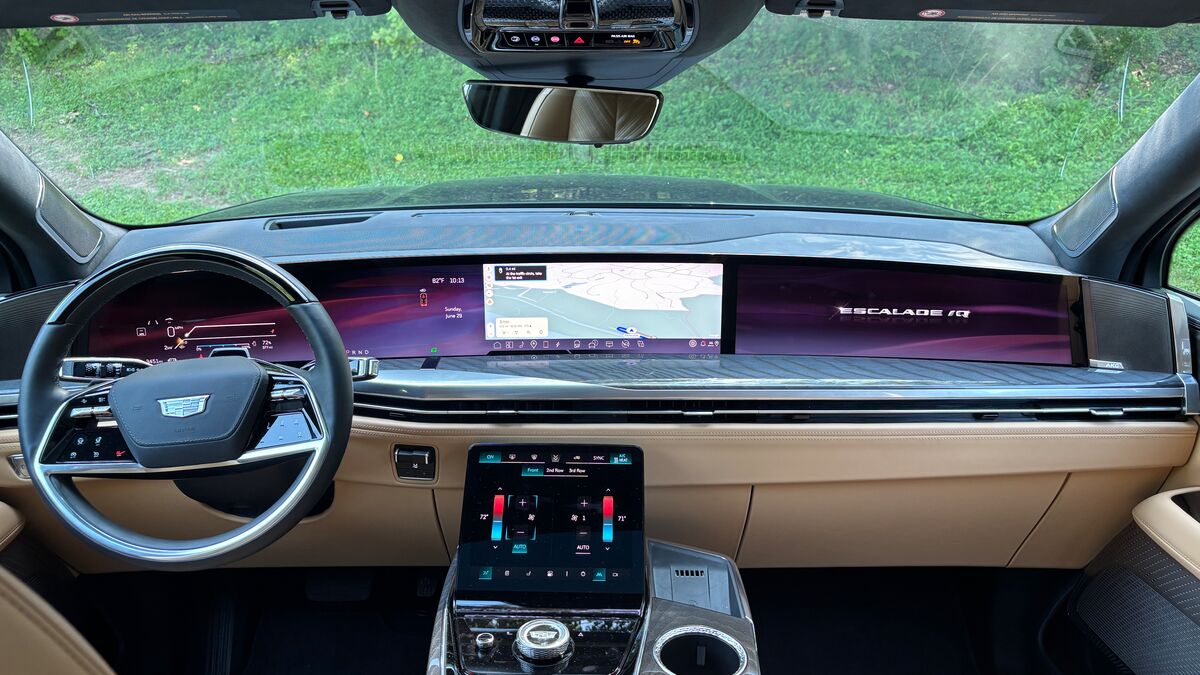The United Auto Workers have been on strike against Detroit’s three largest automakers for 18 days. So far, the move has had no appreciable impact on new car prices.
That, however, could change.
“We’ll likely start seeing the first signs of impact in October,” says Cox Automotive Chief Economist Jonathan Smoke.
Cox Automotive is the parent company of Kelley Blue Book.
Lots of Inventory, Slow Strike Growth
So far, Smoke points out; the strike has had a limited impact for two reasons: automakers prepared for it by building up a significant inventory of new cars to sell, and the UAW has adopted an incremental strategy that kept the strike small at first.
Car dealers measure their supply of new cars to sell in a metric called “days of inventory” — how long it would take to sell out at today’s sales pace if they couldn’t acquire new cars. That’s usually an academic consideration. But, with workers not building some new cars, it’s suddenly a very real one.
“We have gone from 57 days’ supply when the strike started to an aggregate of 52 days,” Smoke explains. That’s still enough to keep prices relatively stable. “As September winds down, any impact on prices cannot be discerned clearly in our data,” he notes.
But, the figure is an average, and not every model is affected similarly. The union hasn’t stopped building every car. Instead, it has adopted a new labor tactic — what the UAW calls a “stand-up strike.” Union members walked off the job at just three plants on the first day and have added more walkouts every Friday as talks have continued without a new contract.
That means automakers are still building many popular models. Some models the union has stopped building are in short supply — the Ford Bronco, for instance. But with others, automakers have a huge backlog of unsold cars. “The Jeep Gladiator pickup had enough inventory in place at the start of the strike to weather five months or more of work stoppage before any notable shortage would be seen or felt by consumers,” Smoke explains.
We’ve recently seen heavy discounts on Gladiators, even though no new models are rolling off assembly lines.
Effects Could Grow As Union Strikes More Factories
Those few models that are in shorter supply and have seen construction stop — like the Bronco and Chevrolet Colorado — will be the canaries in the coal mine, Smoke says. Their prices could begin to rise. Used versions might see prices climb, too, he says, “particularly with vehicles that are less than four years old and near substitutes for new.”
The union could also move against faster-selling models, like “large SUVs from Chevrolet and Cadillac, which have tighter inventory levels compared to their domestic rivals.”
If the strike drags on long enough, he says, it could “cascade into the used-vehicle market as well, just as we saw in 2021 when new-vehicle shortages started to become evident in the market.”
But, Smoke explains, “It is very hard to predict what will happen with this strike.” The stand-up strike tactic, among other things, could enable the union to hold out far longer than in past strikes. It’s designed partly to ratchet up pressure on automakers but partly to stretch out the fund from which the union pays striking workers.
High Prices of Late Pandemic Still Unlikely
The new car market is also subject to other pressures, including historically high interest rates. He says that despite a Federal Reserve pause in interest rate increases, auto loan interest rates moved higher in August and September.
Could we see a repeat of the intense price spikes seen in 2021 and 2022? Smoke is skeptical. Then, he notes, Americans “were emerging from COVID lockdowns with flush bank accounts, stimulus money, and low auto loan rates.” That’s not the case this time.
Instead, he predicts, “with rates high and prices already elevated, tighter inventory will likely only mean lower incentives and modestly higher prices, which will quickly align demand with available supply.”
Affording a new car remains historically challenging this month, he says. “Ultimately, our hope is that we find a positive resolution to the strike soon, and we see loan rates finally peak” to help dent that problem.








